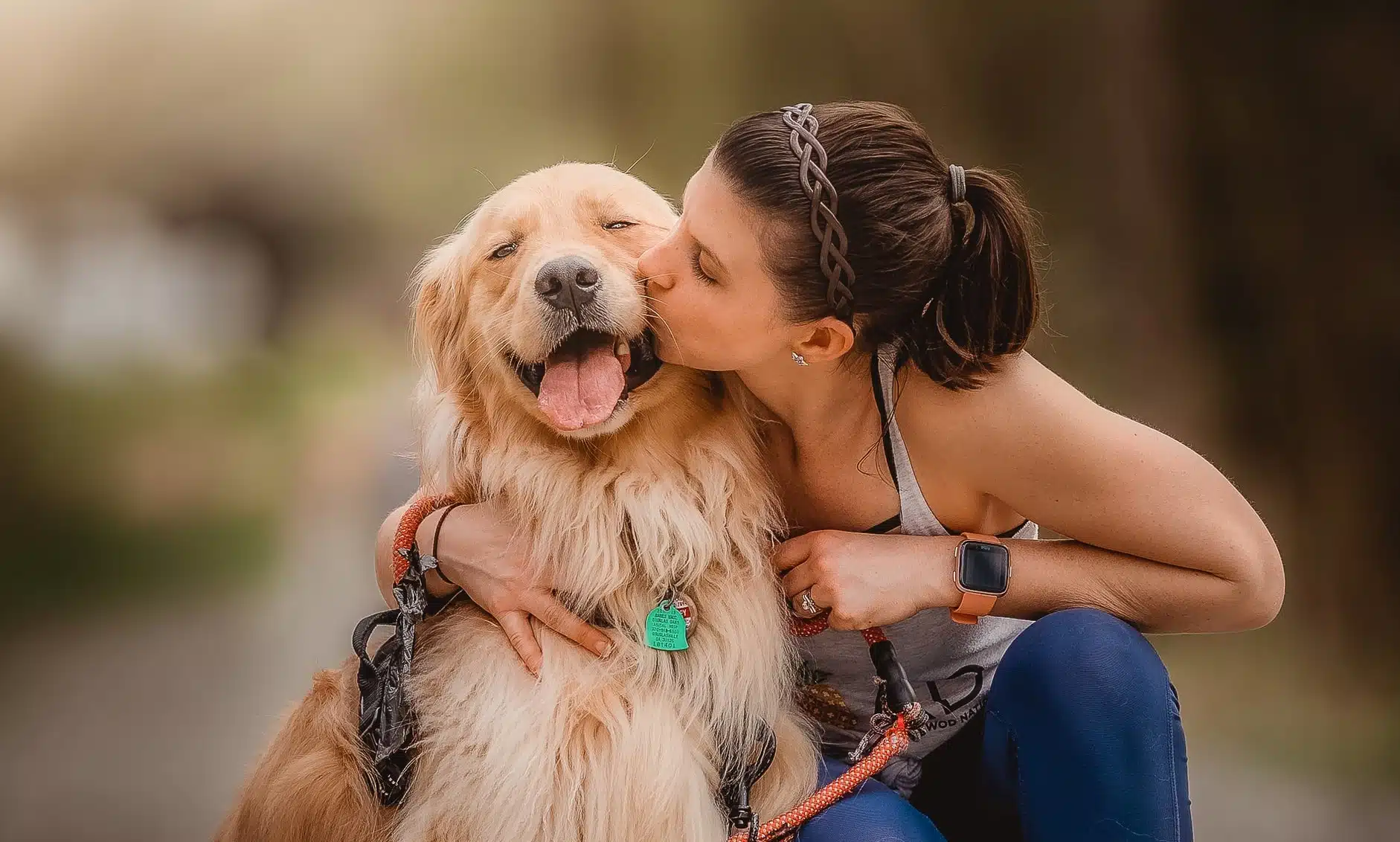Home » Blog » Pet » Pet Health & Safety » Littermate Syndrome in Dogs and Puppies
Categories
Tags
animal welfare
breed profile
buying a car
buying a pet
Car
car accessories
car care
car features
car insurance
Car safety
car sales
car service
cat
cat behaviour
cat body language
Cat Breeds
cat food
cat insurance
comprehensive car insurance
Dog
Dog Behaviour
dog body language
Dog Breeds
dog food
Dog Insurance
dog training
eco friendly cars
Kitten
New Car
pet accessories
pet activities
Pet Adoption
pet breeders
pet days of the year
pet fun stuff
Pet Health
pet insurance
pet parenting
Pet Safety
pet services
Puppy
rescue pets
road safety
road trip
safe driving
Recent Blog:
Facebook Posts
1 day ago
True or false: A stiff brake pedal can stop your car from starting? Answers here…![]()
![]() 3 Reasons For a Stiff Brake Pedal and Car That Won't Start –
... See MoreSee Less
3 Reasons For a Stiff Brake Pedal and Car That Won't Start –
... See MoreSee Less
3 Reasons for a Stiff Brake Pedal and Car That Won't Start
www.pd.com.au
Help! My car isn't starting and the brake pedal is stiff - why?! First of all, if your brake is stiff and car won't start then you've already pieced3 days ago
Growing old sometimes means we can’t take care of pets anymore. Find out some advice on what to do when this happens:![]()
![]() Senior Pet Parents – Contingency Plans for Your Pet –
... See MoreSee Less
Senior Pet Parents – Contingency Plans for Your Pet –
... See MoreSee Less
Senior Pet Parents' Contingency Plans for Pets
bit.ly
Sometimes senior pet parents need more downtime. For older pet owners, this can be tricky to navigate if their dog or cat is full of beans and wants to5 days ago
Celebrating World Vet Day by expressing our gratitude to all the wonderful vets out there! You're the real heroes for our fluffy companions. #WorldVetDaye#ThankYouVetsu#PDPetsdpets
... See MoreSee Less
Getting a new puppy and tempted to bring home a sibling too so there’s a friend to play with? It’s always hard to say no to a puppy or two…or three. But there are some instances where it’s best to step away. Unfortunately, having two puppies from the same litter can lead to littermate syndrome in dogs.
Though it sounds like a good idea to get your dog an in-built BFF, bringing home two dogs of the same age and/or from the same litter can spell trouble.
You may have heard of this phenomenon before, but is it really true? And if so, does it mean the usual bickering and love-hate relationship that often comes with siblings? Littermate syndrome in dogs is actually much more serious than it sounds, and being too closely bonded to a sibling can create major issues.
Here’s why.

What is littermate syndrome?
Littermate syndrome is a behavioural condition that can arise when two young dogs grow up too tightly bonded to one another. Though the idea of having besties sounds great, it can actually cause very serious issues further down the road. Unlike with kittens, where two is usually better than one, puppies should be raised alone in the early stages of their lives.
Social skills are an issue
Essentially, the puppies are so closely bonded that their relationship with one another can stop them from developing proper bonds with others. It can limit their capacity to learn social skills with other dogs and humans. While it may sound like the puppies would just be antisocial towards other dogs, that isn’t where the behaviour problems end.
Because dogs with littermate syndrome never learn social cues or healthy coping mechanisms, they don’t know how to interact properly with all kinds of living beings. As a result, they can display problematic behaviours towards everyone, like aggression, anxiety, fearfulness, and destructive habits.
Fighting can be serious
Much more than just a love-hate sibling relationship or a bit of rivalry, littermate syndrome can cause all sorts of problems, from aggressive behaviour and fighting to fearfulness of other people and dogs. Intense separation anxiety can also be experienced.
They will often fight with one another, snap at humans, or be fearful of interaction from any new pet or person. It isn’t them being naughty –they’ve simply never learned how the world works because they’ve mostly interacted with their sibling.
Usually, this happens in two puppies from the same litter; hence the name littermate syndrome. However, it can occur when two puppies of a similar age from different litters are raised together.

Will littermate syndrome always happen?
Littermate syndrome is common knowledge amongst dog professionals. But is it scientifically proven, and does it always happen? The short answer is no. While there’s strong anecdotal evidence around littermate syndrome in dogs, there are very few scientific studies proving once and for all that it exists.
Dachshunds, Terriers, and Border Collies are just a handful of the breeds who some say are prone to littermate syndrome. However, dog personality and psychology can be complicated; it depends on loads of factors.
What we do know is littermate syndrome doesn’t develop every single time two puppies are raised together. Some siblings manage to live together without issues. However, it’s common enough that almost all reputable dog behaviorists, trainers, breeders, and shelters discourage homing siblings together.
Spotting littermate syndrome in dogs
Let’s say you have no choice and have ended up with two puppies from the same litter.
What are some signs of littermate syndrome?
- Fear of strangers (both people and dog)
- Fear of (and/or aggression towards) unfamiliar stimuli or situations
- Intense separation anxiety even when separated for a very short time or by a very short distance
- Ignoring other dogs and people and being hyper focused on one another
- Failure to learn basic obedience commands
If your similar-age or sibling puppies are displaying these signs, it’s crucial to act fast before their behaviour escalates.

How do you avoid littermate syndrome?
The obvious solution is to not home puppies from the same litter together. Nor to add another young puppy soon after bringing one into your family, as it can occur in non-siblings too. You’ll find many reputable dog shelters and ethical dog breeders won’t allow you to adopt littermates for this reason.
However, if this simply isn’t an option, what other steps can you take to prevent littermate syndrome developing in your dogs?
Know your work will be more than doubled if you do have two puppies of the same age at home. Both dogs will have to be trained by themselves, as well as together. Plus you’ll have to contend with them acting as a distraction for one another and you will have to fight to get their attention. Unfortunately, you’re the ‘third wheel’ in this situation.
The main thing is to start as early as possible with ensuring your puppies spend time alone. This gives them the opportunity to develop social skills and relationships with other dogs and humans.
How much time alone and training do they need?
It might feel like it somewhat defeats the original purpose of getting two puppies (so they can keep each other company and have a friend at all times) but if you’re committed to raising two puppies of the same age in a home, plenty of alone time is key to avoiding littermate syndrome. If you’re careful and intervene early, they could have a great relationship.
This means feeding, walking, playing with, and training each puppy separately. Puppy training school should be separate too. Or at the very least, with two pet parents as handlers working at opposite ends of the class. They should also interact with other dogs and humans as individuals rather than as a pair. This helps them to develop proper social skills.
If you’re a firm believer in crate training your puppy, they should have their own crates. Ideally, they should be in different areas of the home. As far as possible, you should also try and take them for things like routine vaccinations and check-ups separately.

Setting them up for life
Essentially, act as though you have two puppies living in different homes who see each other for play dates. Once your puppies are mature and have learned how to be content and relaxed while being alone and are well-adjusted, they can live together the same way other multiple dog households do, without the fear of littermate syndrome rearing its ugly head.
And of course, each puppy should have their own PD dog insurance cover (bonus: you might get a discount for insuring more than one pet). They’re individuals, after all. And you’ll want to make sure both of them have adequate coverage to ensure you can take a trip to the vet in times of accident or illness.
Share On:




